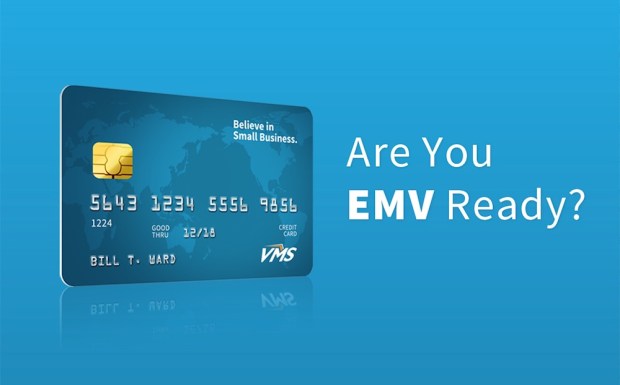Visa Announces How It Wants To Help Merchants Accelerate EMV Chip Migration

Earlier today Visa announced a handful of new moves aimed at pushing EMV chip adoption among merchants. Changes include streamlined tech requirements, an amended (and simplified) terminal certification process, and a further commitment to offering technical support and expertise for merchants.
Taken together, Visa believes the changes will help cut the EMV adoption timeline in half.
Separate from, but related to, those efforts are policy changes from Visa to reduce the exposure of those merchants of those retailers that as of yet have not made the EMV leap.
“Visa recognizes the importance of having the industry help merchants get their chip terminal solutions up and running quickly so that everyone, especially consumers, can benefit from the powerful security protection of chip technology,” said Oliver Jenkyn, Group Executive North America, Visa Inc. “We’ve taken steps to simplify the process as much as possible and help reduce any challenges so merchants can move forward with chip adoption quickly.”
According to Visa, there are at present 300 million chips card in circulation in the U.S. market which are now ready to be used at 1.2 million merchant locations. On average, 23,000 new merchant locations become chip-ready each week, and Visa reports being pleased with the progress.
Pleased, but apparently also looking to push it over the finish line.
Streamlined terminal testing, in this case, means that Visa has simplified its testing requirements to significantly reduce the complexity, time and cost of implementation. Visa has also opened up a path that allows acquirers to “Self-Certify,” meaning Visa will give acquirers greater discretion to determine the appropriate level of testing required to ensure a merchant’s solution is ready. The logic behind that choice is that an acquirer will know their partner merchant’s system better than anyone, and thus are ideally positioned to cut down wait times.
In addition, Visa is investigating a system for acquirers to share certification test results with each other to avoid testing duplication. The idea being that what consistently works one place will consistently work in another and thus if certain merchant configurations have already proven to be well-functioning, then other acquirers should be aware of this and take it into consideration as they make their decisions.
Visa’s new measures also include funding to support migration, which means Visa will be upping its financing support for acquirers and VARs that develop the software to power chip terminals. That funding will both help some VARs and acquirers with specific resource needs, but more importantly the funding will also mean software can be precertified in a manner that will lower subsequent testing.
“Vantiv has been relentlessly working to help merchants upgrade their point-of-sale systems to new levels of security with EMV,” said Royal Cole, Group President, Merchant and Financial Institution Services at Vantiv. “To help accelerate this process, we’ve been working with Visa to find comprehensive ways to further streamline the conversion process for the entire ecosystem – from software developer partners to the smallest-sized businesses. We are very encouraged by the new measures and programs that Visa is announcing today, and we hope others will join in instituting similar programs.”
Finally, Visa is modifying its policies to limit the number of transactions issuers can charge back to merchants (and their acquirers). As of July 22, 2016, Visa will block all U.S. counterfeit fraud chargebacks under $25, as those chargebacks tend to create a lot of cost and work for merchants and acquirers, with “limited financial impact for issuing banks.” As of the October of this year, Visa will also limit issuers to 10 fraudulent counterfeit transactions per account. After that point, the issuer picks up liability.
Those two changes will remain on the books until April 2018. They are there as Visa acknowledges that there are many merchants in the process of upgrading to EMV that are delayed for a variety of reasons, and those merchants shouldn’t be shelled with chargebacks during that time.
Visa estimates these two changes will cause merchants to see 40 percent fewer counterfeit chargebacks and a 15 percent reduction in U.S. counterfeit fraud dollars being charged back.
